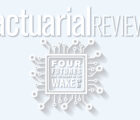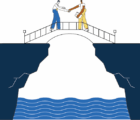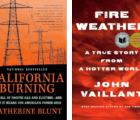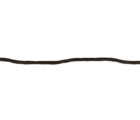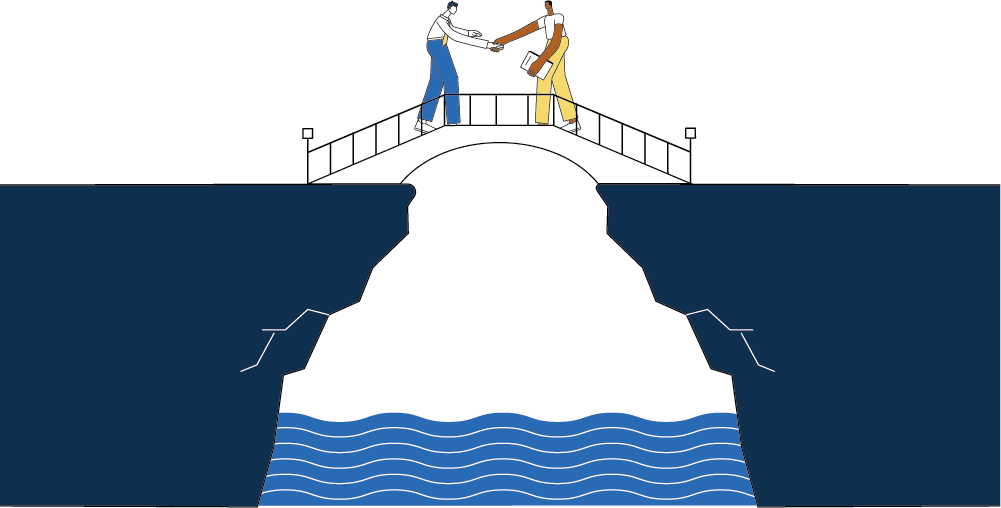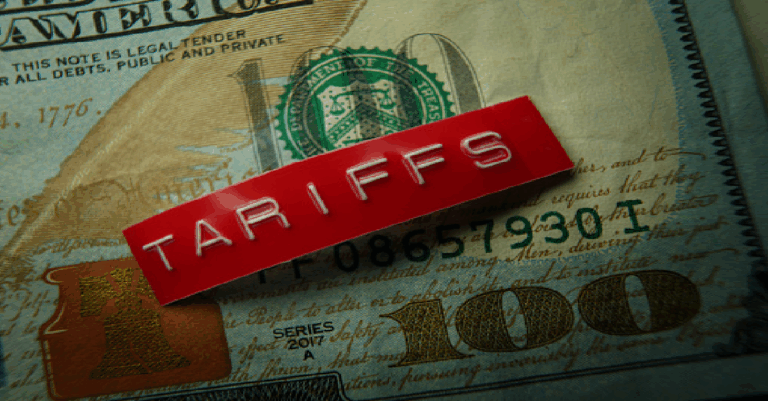
A trade war is in full swing, with the new tariffs imposed by the U.S., slowing down global economic activities and leading to a price surge for products flowing between countries. The effect of the tariffs are especially significant in countries where retaliatory tariff measures are also implemented, such as the tariffs China placed on U.S. goods in April 2025. Insurance products will take a hit since most P&C lines of business are sensitive to repair and replacement costs. The sheer volume of the impact will depend on the duration of the tariffs, reliance on source materials and supplies from trading partners and ability to leverage local alternatives whose prices are not impacted by tariffs.
U.S. home insurance will be impacted by a significant increase in building and reconstruction costs due to the dependency on Canadian lumber (Canada being the U.S.’s biggest foreign lumber supplier). Other examples of construction materials that will become costlier are gypsum used in drywalls imported from Mexico and fixtures such as appliances and countertops from China. Canadian auto insurance will be vulnerable to inflation on U.S.-supplied auto parts. This will impact physical damage coverages such as collision and comprehensive, which account for 10–20% of the total premium. Tariffs will create another ripple effect where new cars will likely become more expensive, which will limit supply and drive up demand on used cars, increasing purchase prices of cars and pushing replacement costs further up.
The exposure to tariffs in the auto supply chain and home-building costs isn’t large enough to pose significant risks to company liquidity yet, but it will lead to an insurance price surge that will eventually be paid by the consumers.
What this means for actuaries:
Actuaries will need to be ready to re-price their products based on the products’ exposure to the announced tariffs, leaving consumers with additional price inflation. Actuarial pricing is a long cycle that relies primarily on experience from historical data. In this situation, actuaries are expecting a price increase prospectively, yet the historical experience will not reflect those changes until a few years later. Alternatively, actuaries will need to revert to proxy methods to estimate the impact of tariffs on insurance claim costs. Even if estimated correctly, the challenge remains to have those rates approved by regulators who rely on traditional methods using experience. Preemptive pricing hasn’t been accepted widely by regulators, so insurance prices are likely to lag by a few years. If tariffs are only implemented for a limited duration, then the industry might be able to fully absorb the impact with minimal changes to pricing.
Sources:
• https://www.wsj.com/business/autos/car-insurance-rates-trump-tariffs-5c724f05
• https://www.canadianunderwriter.ca/earnings-ratings/intact-in-a-strong-position-to-navigate-trade-war-ceo-1004255879/
• https://financialpost.com/pmn/business-pmn/trump-tariffs-risk-29000-rise-in-us-home-construction-costs


